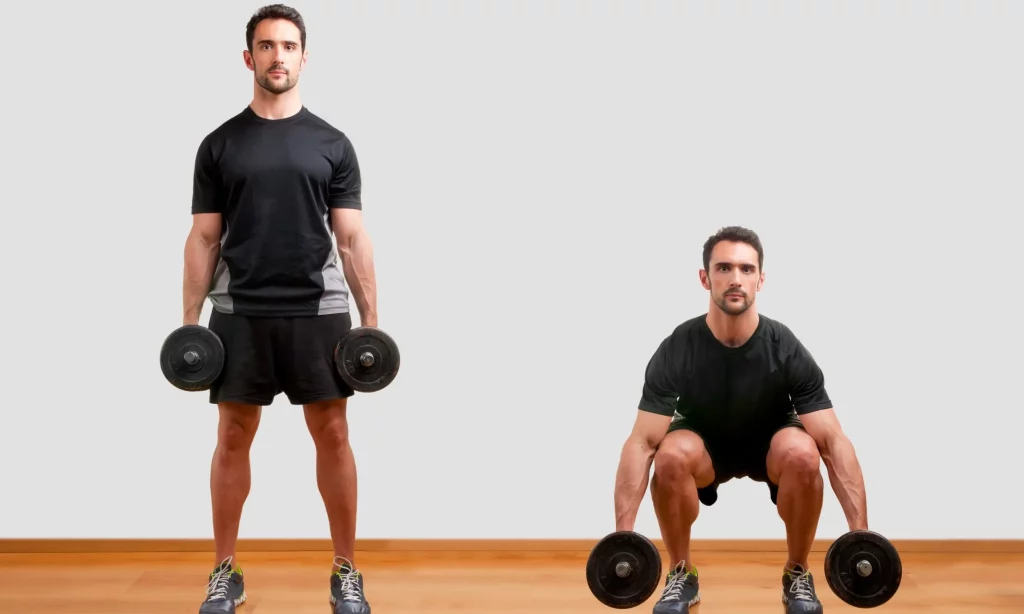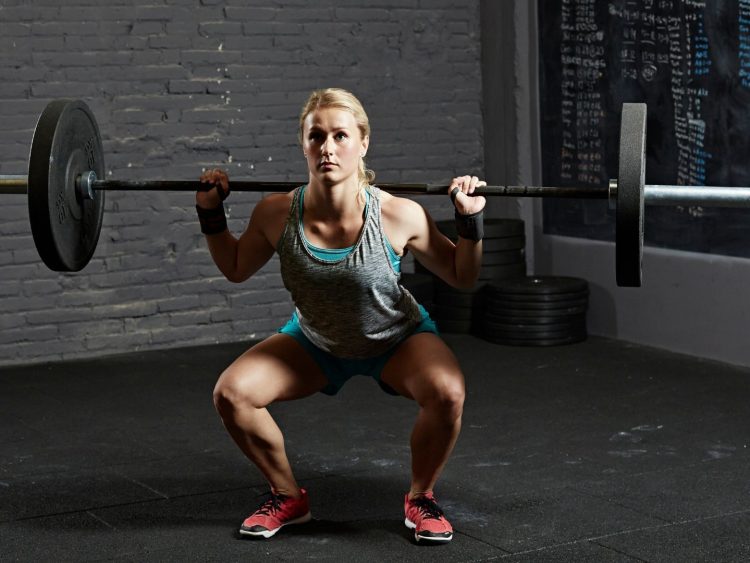Whether you’re lifting weights at the gym, doing yoga in your living room, or jogging through your neighborhood park, one truth holds across all fitness levels and styles: form matters. Proper movement technique is not just about looking good—it’s about protecting your body from unnecessary strain, maximizing muscle engagement, and ensuring that your workouts contribute to long-term health rather than lead to injury. Unfortunately, many people overlook this critical component of exercise. From rounded backs during deadlifts to knee valgus during squats, small form issues can quietly accumulate into major joint stress over time. The good news? With a few simple tweaks, you can correct your form, enhance your performance, and safeguard your joints for the long haul.
The High Cost of Poor Form
Many fitness enthusiasts unknowingly compromise their workouts by repeating exercises with poor form. This not only limits the effectiveness of each movement but also increases the risk of acute and chronic injuries. Common problems include joint pain, tendonitis, lower back strain, and cartilage damage. The joints—especially the knees, shoulders, hips, and spine—are particularly vulnerable when your biomechanics are off. And it’s not just weightlifters at risk; runners, yogis, cyclists, and even HIIT fans are all susceptible. Repeating a movement incorrectly, even with light weights or bodyweight, compounds the wear and tear. Over time, these seemingly minor issues can develop into long-term complications requiring rest, physical therapy, or even surgery.
Most Common Form Mistakes (and How to Fix Them)
Let’s break down some of the most frequently observed form issues in everyday workouts, and offer practical, easy-to-implement corrections that can change the game for your joints and performance.
1. Squats: Knees Caving In (Knee Valgus)
Mistake: During the descent of a squat, many people allow their knees to collapse inward. This not only puts stress on the medial knee joint but can also affect hip and ankle alignment.
Fix: Focus on driving your knees outward, in line with your second and third toes. Engage your glutes and abductors (outer hips) to stabilize the movement. You can use a resistance band just above the knees during warmups to cue proper activation.
2. Deadlifts: Rounding the Lower Back
Mistake: A common error during deadlifts is letting the spine flex, especially in the lumbar region. This puts immense pressure on the intervertebral discs and can lead to herniation.
Fix: Before lifting, set your back by tightening your core and engaging your lats (imagine tucking your shoulder blades into your back pockets). Practice with lighter weights and film yourself to check your spinal alignment throughout the lift.
3. Push-Ups: Elbows Flaring Out
Mistake: Letting the elbows flare out to 90 degrees from the body stresses the shoulder joint and reduces chest engagement.
Fix: Tuck your elbows at about a 45-degree angle from your body. Keep your core tight and body in a straight line from head to toe. If standard push-ups are too difficult, start with elevated or knee-supported versions while maintaining good form.
4. Lunges: Knee Going Past Toes and Inward Drift
Mistake: Lunges can go wrong when the front knee shoots too far forward or collapses inward, placing extra pressure on the patellar tendon and ACL.
Fix: Step forward far enough that your knee stays directly above your ankle. Press through your heel and keep your torso upright. Adding a mirror check or recording yourself can be helpful for visual feedback.
5. Planks: Sagging Hips or Mountain Hips
Mistake: Improper plank form, whether from hips sagging too low or rising too high, reduces core engagement and increases lumbar stress.
Fix: Engage your glutes and pull your belly button toward your spine. Think about keeping a straight line from the crown of your head to your heels. Use a mirror or coach to help keep you in check.
6. Overhead Press: Arching the Back
Mistake: Compensating for shoulder mobility or heavy weight by arching the lower back turns the movement into a spine-loading exercise rather than a shoulder-focused one.
Fix: Squeeze your glutes, brace your core, and slightly tuck your pelvis. If your range of motion is limited, work on shoulder mobility and start with a lighter load or seated version to control the movement.
7. Running: Overstriding and Heel Striking
Mistake: Taking large strides and landing heel-first places excessive impact on the knees and hips.
Fix: Shorten your stride and aim to land mid-foot under your center of gravity. Consider cadence training (170–180 steps per minute) and strengthen your calves and glutes to support proper stride mechanics.
8. Pull-Ups: Neck Craning and Half Reps
Mistake: Reaching the chin over the bar by craning the neck or failing to reach full range of motion limits strength development and strains the cervical spine.
Fix: Lead with your chest, keep your neck neutral, and aim for full extension at the bottom and chin over bar without neck compensation. Focus on quality reps over quantity.

Form Corrections Start With Awareness
The first step toward better form is becoming aware of what you’re doing wrong. Recording your workouts, using mirrors, or working with a qualified coach or personal trainer can dramatically increase your body awareness. Self-assessment tools, such as mobility tests and functional movement screens, can also uncover hidden imbalances that contribute to poor form. By identifying weaknesses—whether it’s poor ankle mobility, weak glutes, or tight hamstrings—you can tailor your corrective strategies accordingly.
The Long-Term Impact of Form on Joint Health
Correcting your form doesn’t just prevent injuries—it extends the longevity of your joints. Joints are mechanical systems: when aligned correctly and supported by balanced muscle activation, they function smoothly and last longer. Think of your knees and hips like hinges on a door—when misaligned, they wear unevenly. Proper form ensures the workload is distributed across muscles rather than dumped onto passive structures like ligaments and cartilage. That translates to better movement today and fewer orthopedic issues tomorrow.
The Role of Mobility and Stability
A key part of improving form is understanding the difference between mobility (your ability to move through a range of motion) and stability (your ability to control that movement). If you’re struggling with squat depth, for example, it might be due to limited ankle mobility, not leg strength. Conversely, if your plank is wobbly, you may need to improve core and shoulder stability. Targeted mobility drills (like hip openers or thoracic spine stretches) and stabilization exercises (such as bird-dogs or Pallof presses) should be part of every workout routine.
How to Build a Form-First Fitness Routine
Building a fitness plan around form and function doesn’t mean you have to sacrifice intensity or results. In fact, prioritizing movement quality often leads to faster progress because your body can train harder without breaking down. Here’s how to get started:
1. Warm Up Intelligently
Use dynamic mobility exercises to prepare your joints and activate key muscle groups. Examples include walking lunges, arm circles, glute bridges, and cat-cow stretches.
2. Start with Control, Then Add Load
Master the movement before increasing weight or speed. If you can’t do 10 controlled air squats with good form, you’re not ready to add a barbell.
3. Focus on Mind-Muscle Connection
During each rep, concentrate on the muscles you intend to engage. This not only boosts results but also keeps compensatory muscles from taking over.
4. Add Form-Focused Days
Dedicate one workout per week to corrective exercises and technique drills. These sessions build the foundation for more effective strength and endurance work.
5. Rest and Recover
Joints need time to recover too. Sleep, hydration, and active recovery practices like foam rolling and stretching are essential for joint longevity.
6. Don’t Be Afraid to Modify
Scaling movements is not a weakness—it’s wisdom. Modify push-ups, use bands for pull-ups, or squat to a box. Perfect form in modified exercises before progressing.
Small Fixes, Big Results
Tiny corrections might seem trivial in the moment, but their cumulative effect is profound. One degree of better knee tracking in a squat, a few millimeters of improved hip alignment in a lunge, or one inch of deeper breath control during a plank—all these adjustments translate into massive long-term gains in strength, resilience, and joint preservation. In fitness, the difference between thriving and breaking often lies in the details.
Conclusion: Respect the Movement, Respect Your Body
The body is a powerful yet delicate system, designed for movement—but only if that movement is done well. By committing to good form, you are not just preventing injuries—you are honoring your body, enhancing your longevity, and ensuring that your fitness journey is one of strength, confidence, and vitality. Every rep you perform is an investment. Make sure it’s a smart one.

















































